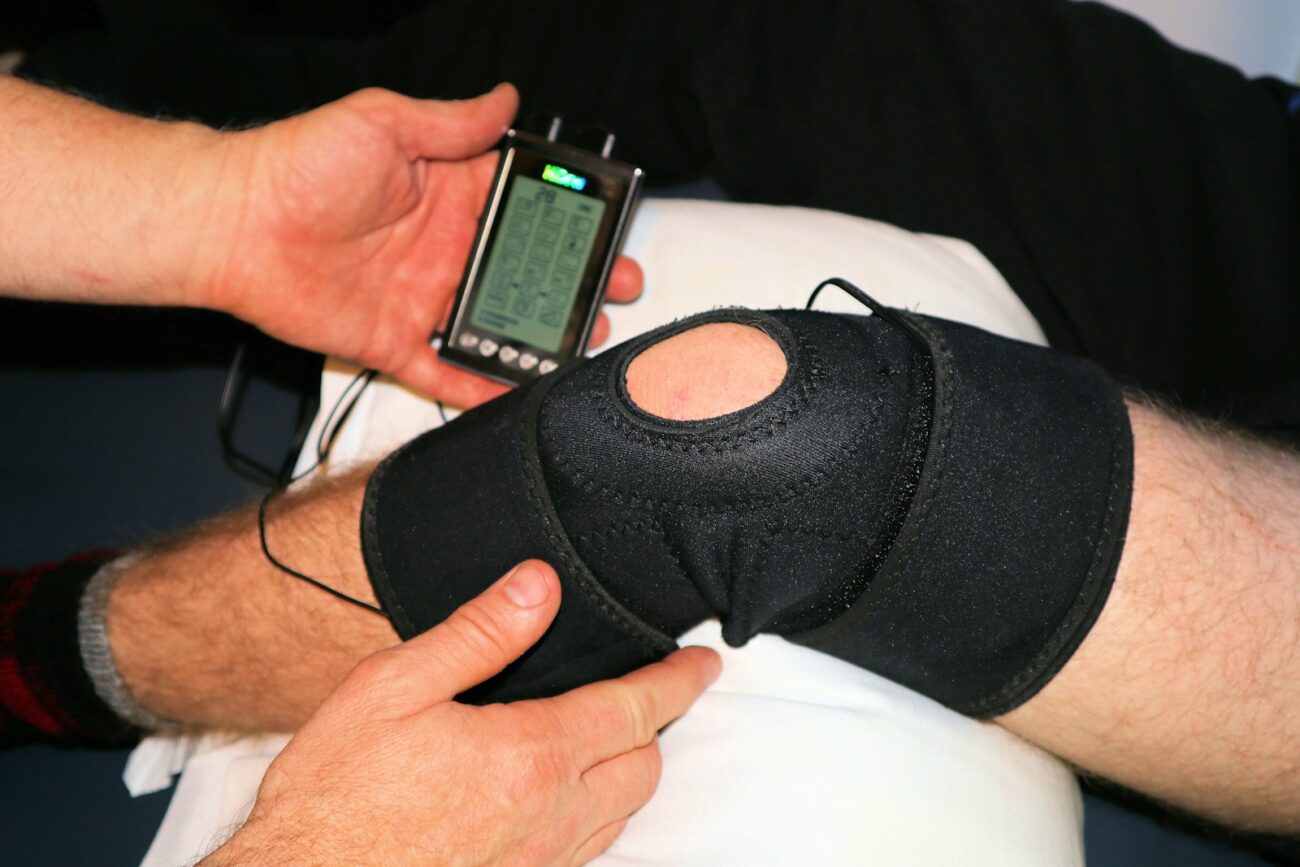Hiking offers incredible opportunities to connect with nature, improve fitness, and clear your mind. However, the uneven terrain, steep inclines, and unpredictable conditions can put significant stress on your lower joints – particularly your knees and ankles. These vital joints bear your body weight while navigating challenging landscapes, making them vulnerable to both acute injuries and chronic strain. Whether you’re planning a casual day hike or a multi-day backpacking adventure, protecting your knees and ankles should be a top priority. By implementing proper preparation, technique, and gear choices, you can significantly reduce your risk of injury and ensure your hiking experiences remain enjoyable for years to come. The following fifteen tips provide a comprehensive approach to protecting these crucial joints while maximizing your time on the trail.
Choose Appropriate Footwear
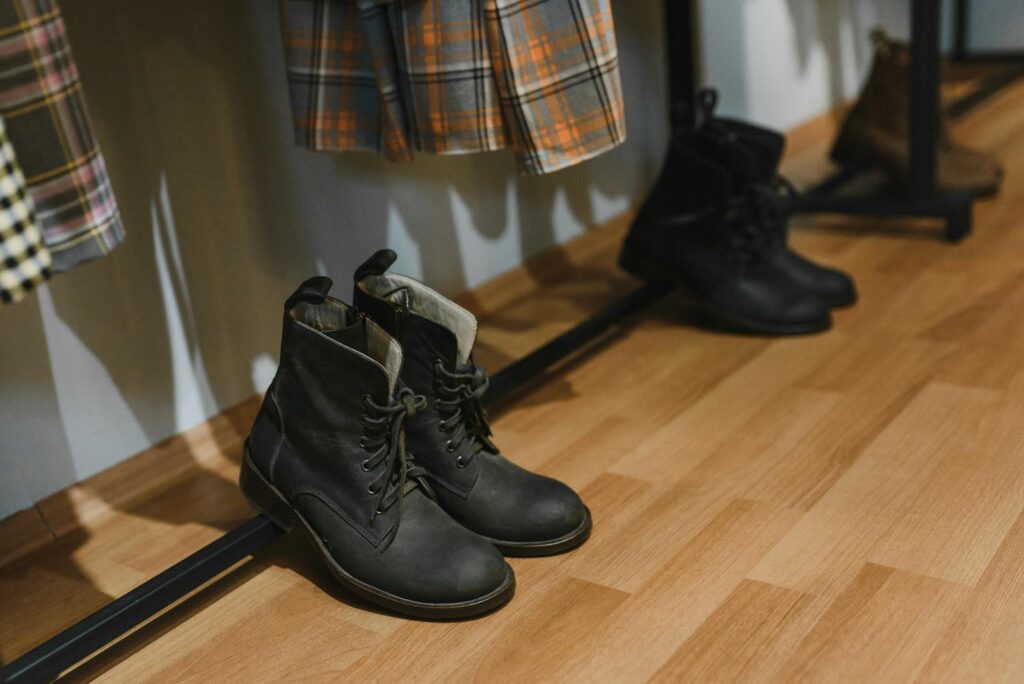
Proper hiking boots or shoes are your first line of defense against knee and ankle injuries on the trail. Look for footwear with adequate ankle support, especially if you’re traversing rocky or uneven terrain where ankle rolls are common. The midsole should provide sufficient cushioning to absorb impact while maintaining enough rigidity to support your foot structure. Ensure there’s enough toe room to prevent jamming on descents, but the heel should fit snugly to prevent unnecessary movement that could lead to blisters or instability. Remember that hiking footwear typically requires a break-in period, so wear new boots around the house or on shorter walks before taking them on a serious hike.
Use Trekking Poles
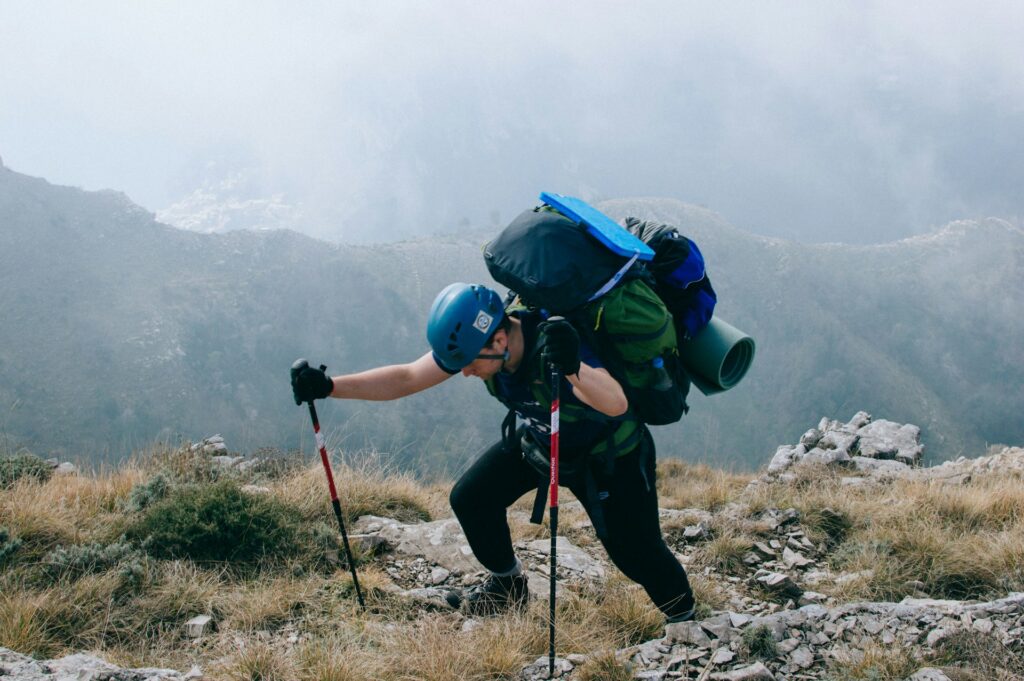
Trekking poles are invaluable tools for reducing strain on your knees and ankles, particularly during descents when joint impact forces can be significantly higher. These poles effectively transfer some of your weight from your lower joints to your upper body, creating a more balanced distribution of effort. When using poles correctly, you can reduce knee impact forces by up to 25%, which adds up significantly over miles of hiking. Adjust your poles to the proper height—generally at a 90-degree elbow angle when the tip touches the ground—and use them actively rather than just for balance. For steep downhills, lengthen the poles slightly to provide better leverage and control as you navigate the decline.
Strengthen Your Supporting Muscles

Building strength in the muscles surrounding your knees and ankles creates a natural support system that can prevent injuries on the trail. Focus on exercises that target your quadriceps, hamstrings, calves, and the smaller stabilizing muscles around your ankles. Squats, lunges, step-ups, and calf raises are excellent functional exercises that mimic the movements you’ll perform while hiking. Include balance training such as single-leg stands, which improves proprioception—your body’s awareness of position—helping you react more quickly to unexpected terrain changes. Consistency is key; even 15-20 minutes of targeted strengthening exercises three times a week can significantly improve joint stability and reduce your injury risk on the trails.
Maintain Proper Hiking Technique
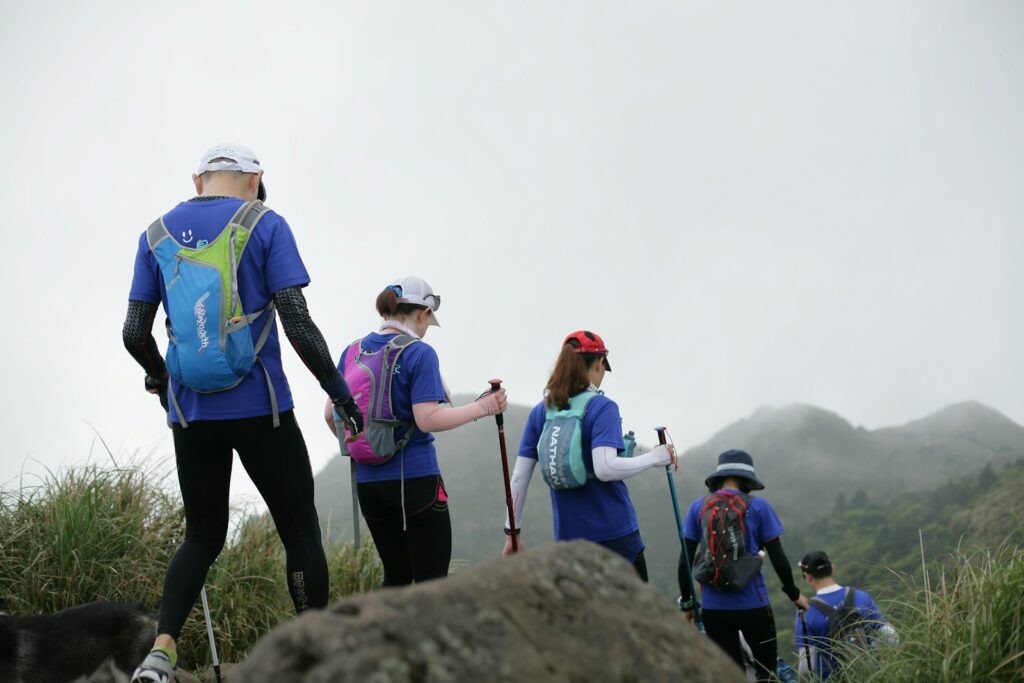
How you move on the trail can dramatically affect the stress placed on your knees and ankles. When hiking uphill, take smaller steps and engage your glutes and hamstrings rather than pushing exclusively with your calves and quads. On descents, avoid locking your knees, which transfers impact directly to the joint instead of allowing muscles to absorb the shock. Consider adopting a zigzag pattern when descending steep slopes rather than going straight down, which reduces the angle of descent and minimizes jarring impacts. Keep your steps light and controlled, especially on loose or slippery surfaces where sudden movements can trigger ankle rolls or knee twists.
Gradually Increase Hiking Difficulty
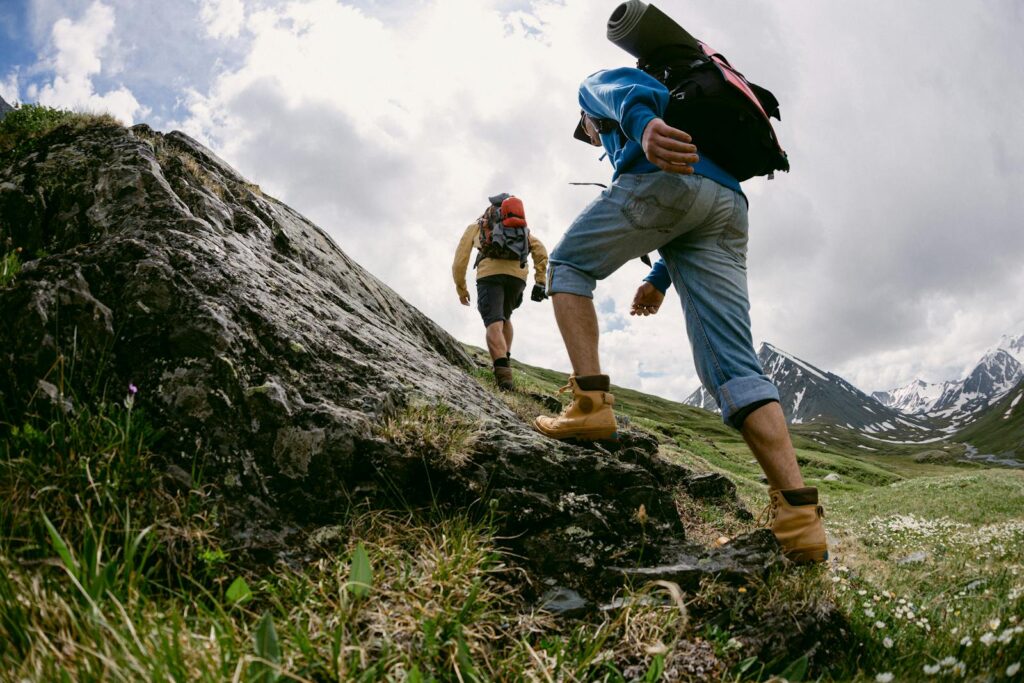
Overambitious hiking plans are a common cause of joint injuries, as unprepared bodies struggle with sudden increases in distance, elevation, or terrain difficulty. Build your hiking capabilities progressively by starting with shorter, flatter trails and gradually introducing more challenging elements as your fitness and technique improve. Pay attention to how your body responds after each hike, noting any unusual soreness or pain that might signal you’re advancing too quickly. A good rule of thumb is to increase your hiking distance by no more than 10-15% per week, with occasional “step-back” weeks that reduce intensity to allow for recovery. This methodical approach gives your joints, muscles, and connective tissues time to adapt to increasing demands.
Maintain a Healthy Weight

Your knees and ankles bear the brunt of your body weight with each step, and this impact is multiplied when hiking downhill or carrying a backpack. Research indicates that each additional pound of body weight adds approximately four pounds of pressure on your knees during walking, with even greater forces during hiking. Maintaining a healthy weight through balanced nutrition and regular exercise significantly reduces this strain on your lower joints. Even modest weight loss can make a meaningful difference—shedding just 10 pounds could reduce knee joint load by 40 pounds per step, potentially preventing thousands of pounds of cumulative stress during a single hike. This reduced load not only decreases acute injury risk but also helps prevent the development of chronic joint conditions like osteoarthritis.
Pack Strategically and Lightly
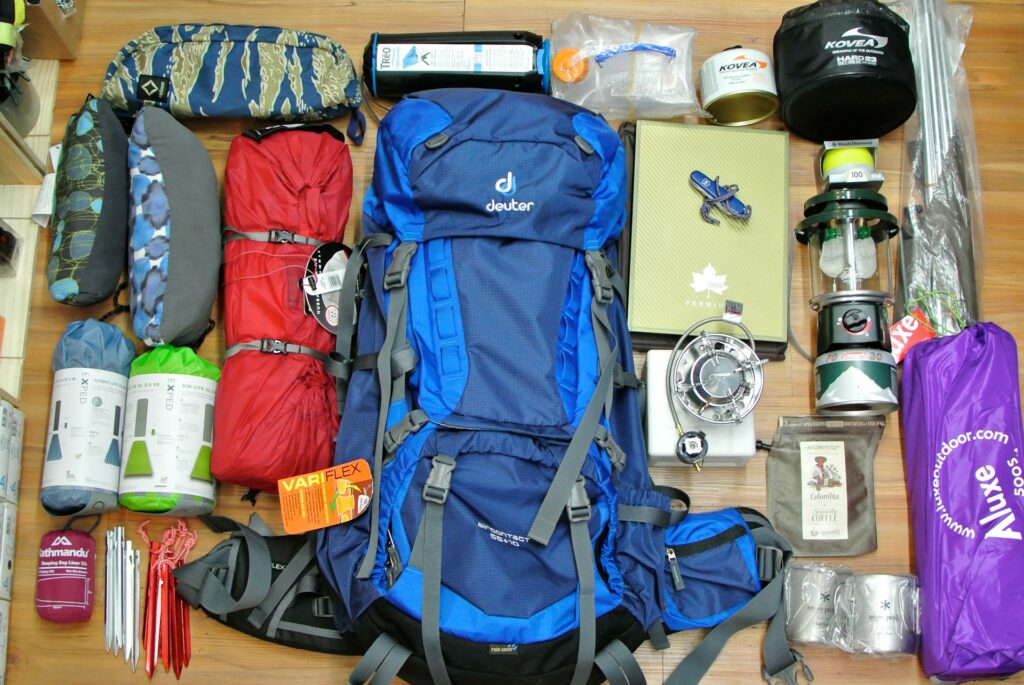
The weight you carry directly impacts the stress on your knees and ankles, making thoughtful packing essential for joint protection. Aim to keep your backpack weight under 20% of your body weight for day hikes and under 25% for overnight trips, adjusting downward if you have existing joint concerns. Distribute weight evenly in your pack, placing heavier items close to your back and centered at shoulder-blade level to maintain your center of gravity. Consider investing in lightweight gear, which may cost more initially but pays dividends in reduced joint strain over time. Be ruthless about eliminating non-essential items, particularly on longer hikes where the cumulative effect of excess weight becomes increasingly significant.
Stay Hydrated and Nourished
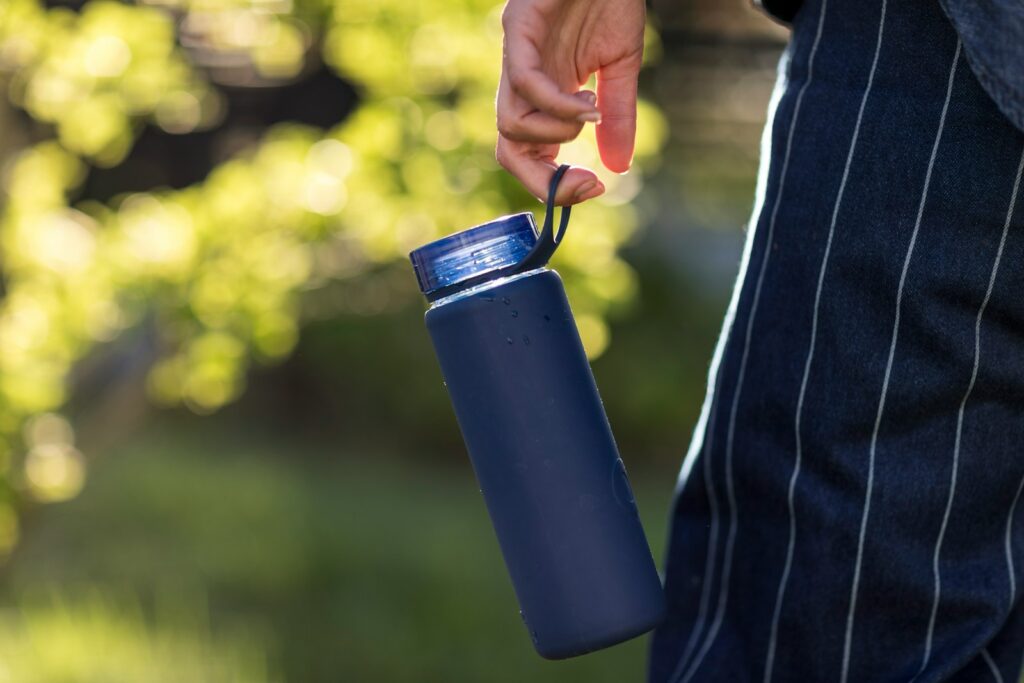
Proper hydration and nutrition play crucial roles in maintaining joint health during hikes. Dehydration can lead to muscle fatigue and cramping, which alters your gait and potentially places abnormal stresses on your knees and ankles. Aim to drink approximately half a liter of water per hour of moderate hiking in average temperatures, increasing this amount in hot weather or at higher altitudes. Electrolyte balance is equally important, as minerals like potassium and magnesium help prevent muscle cramps that can lead to awkward movements and potential injuries. Consume adequate calories throughout your hike, focusing on a mix of complex carbohydrates for sustained energy and proteins that support muscle recovery and joint health.
Warm Up Before Hitting the Trail
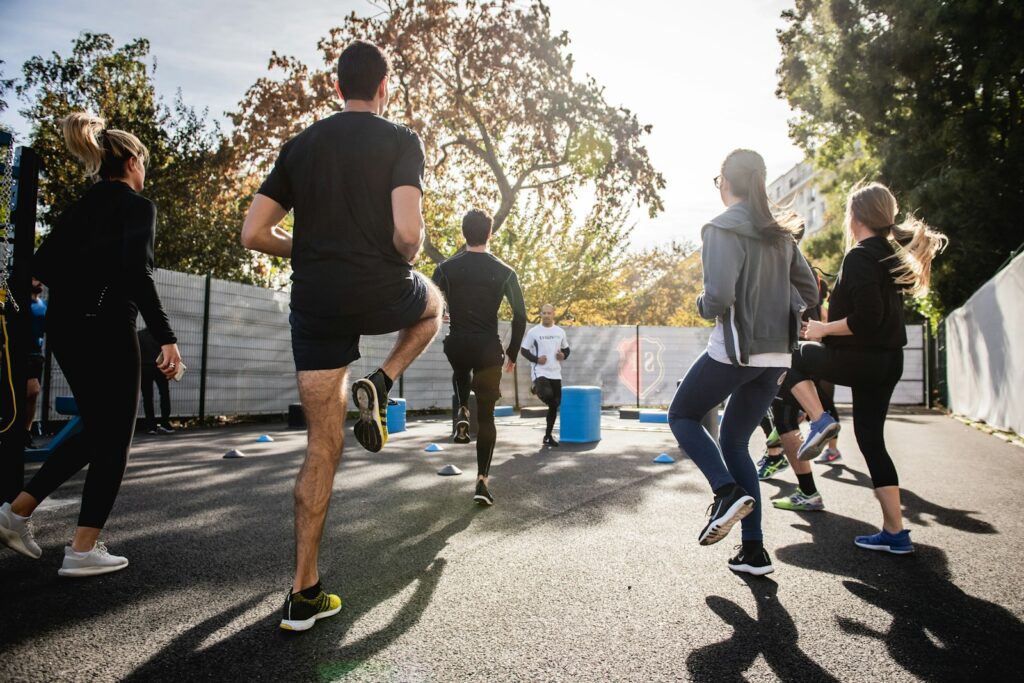
Cold muscles and joints are more susceptible to injury, making a proper warm-up essential before tackling challenging terrain. Begin with 5-10 minutes of light aerobic activity like brisk walking on flat ground to increase blood flow to your muscles and raise your core temperature. Follow this with dynamic stretches that mimic hiking movements, such as gentle lunges, leg swings, ankle circles, and knee lifts. Avoid static stretching (holding stretches in place) before hiking, as this can temporarily decrease muscle power and potentially increase injury risk. Save static stretches for after your hike when they can help with recovery and flexibility maintenance. An effective warm-up prepares your neuromuscular system for the demands ahead, improving coordination and reducing the likelihood of missteps that could lead to joint injuries.
Consider Using Knee Braces or Ankle Supports

Supportive braces can provide additional stability for vulnerable joints, especially if you have a history of knee or ankle problems. For knees, a simple sleeve-style brace offers mild compression and warmth that can help manage minor pain and instability during hiking. More substantial braces with lateral supports might be appropriate if you have significant knee instability or are recovering from an injury. For ankles, lace-up braces or specialized hiking gaiters with ankle support can help prevent rolling on uneven terrain. While these supports shouldn’t replace proper conditioning or technique, they can provide an additional layer of protection during particularly challenging hikes or for those with chronic joint issues.
Take Regular Breaks

Fatigue is a significant risk factor for joint injuries, as tired muscles provide less support and coordination tends to deteriorate. Schedule regular rest breaks during your hike, ideally before you feel significant fatigue setting in. During these breaks, elevate your feet slightly if possible to promote circulation and reduce any swelling that might be developing. Use the opportunity to reassess your body – note any hot spots on your feet that could become blisters or any unusual joint discomfort that might warrant adjusting your pace or technique. Brief rest periods allow your muscles to recover, your heart rate to normalize, and your mental focus to reset, all of which contribute to safer movement patterns that protect your joints.
Be Mindful of Weather and Trail Conditions

Environmental factors significantly impact joint injury risk during hikes. Wet, slippery conditions increase the likelihood of falls and awkward landings that can damage knees and ankles. Extremely hot weather can accelerate fatigue and dehydration, compromising your movement quality and reaction time. Cold conditions can reduce joint flexibility and muscle elasticity, potentially making your movements less fluid and more prone to injury. Check weather forecasts and recent trail reports before setting out, and be willing to modify your plans based on conditions. Consider carrying additional gear like microspikes for icy sections or waterproof gaiters for muddy trails—equipment that helps maintain stable footing can be crucial for joint protection in challenging conditions.
Listen to Your Body’s Warning Signs
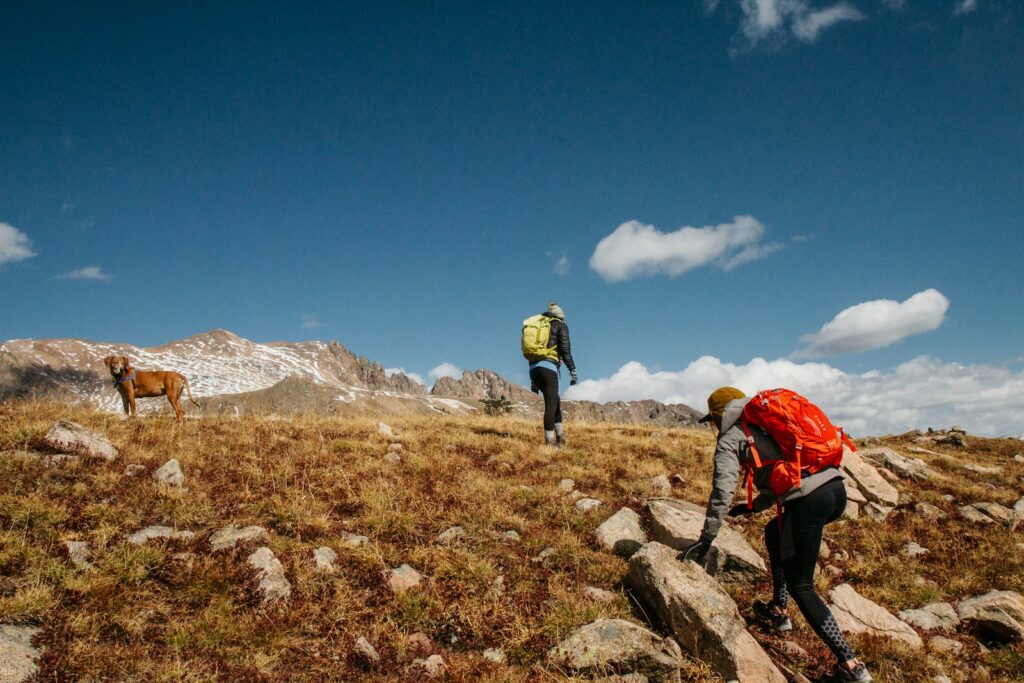
Your body typically provides warning signals before serious injuries occur, making body awareness a crucial skill for hikers. Distinguish between the normal discomfort of exertion and the sharper, more localized pain that might indicate potential injury. Be particularly attentive to any clicking, popping, or grinding sensations in your knees, or feelings of instability in your ankles. If you notice persistent or worsening pain, particularly pain that changes your normal hiking gait, take it seriously and consider cutting your hike short. Continuing through significant pain often transforms a minor issue into a major injury that could sideline you for weeks or months. Remember that there’s wisdom in sometimes choosing to hike another day rather than pushing through concerning symptoms.
Cool Down and Recover Properly

What you do after your hike significantly affects joint recovery and long-term health. Spend 5-10 minutes cooling down with gentle walking to gradually return your heart rate to normal and help clear metabolic waste products from your muscles. Follow this with static stretching, holding each stretch for 20-30 seconds to improve flexibility and reduce post-hike stiffness. Consider applying ice to any areas that feel particularly stressed, using 15-20 minute applications to reduce inflammation. Elevation and compression can also help manage any swelling, particularly if you’ve covered significant mileage or challenging terrain. Quality sleep after hiking is crucial for tissue repair, while adequate protein intake supports the rebuilding of muscles that protect your joints.
Develop Ankle Proprioception

Proprioception—your body’s awareness of position and movement—is particularly important for ankle stability on uneven hiking terrain. Enhance this sense through specific balance exercises like standing on one foot (progressing to eyes closed), using balance boards, or practicing controlled ankle movements through various ranges of motion. These exercises train the neural pathways that help your ankles respond quickly to unexpected changes in terrain, potentially preventing rolls and sprains. Proprioceptive training becomes even more crucial if you’ve previously experienced ankle injuries, as these injuries often damage the sensory receptors that provide position feedback. Incorporating just a few minutes of balance work into your daily routine can dramatically improve your ankle stability and confidence on challenging trails.
Protecting your knees and ankles requires a multifaceted approach that begins well before you set foot on the trail and continues long after your hike concludes. By implementing these fifteen strategies—from proper gear selection and technique adjustments to strengthening exercises and recovery protocols—you’ll significantly reduce your risk of both acute injuries and chronic joint problems. Remember that consistency is key; incorporating these practices into your regular hiking routine will yield the greatest benefits. While no approach can eliminate all risk, these preventative measures allow you to pursue your hiking passions with greater confidence and longevity. Your knees and ankles bear the literal burden of your adventures—giving them the care and attention they deserve ensures they’ll carry you to spectacular summits and serene valleys for many years to come.

